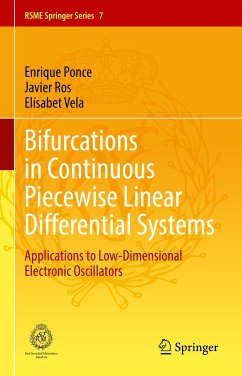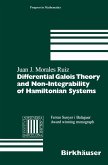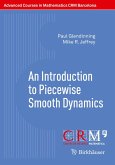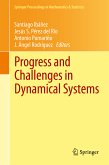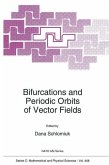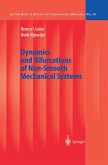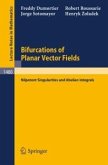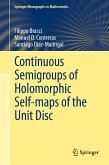The book is devoted to the qualitative study of differential equations defined by piecewise linear (PWL) vector fields, mainly continuous, and presenting two or three regions of linearity. The study focuses on the more common bifurcations that PWL differential systems can undergo, with emphasis on those leading to limit cycles. Similarities and differences with respect to their smooth counterparts are considered and highlighted. Regarding the dimensionality of the addressed problems, some general results in arbitrary dimensions are included. The manuscript mainly addresses specific aspects in PWL differential systems of dimensions 2 and 3, which are sufficinet for the analysis of basic electronic oscillators.
The work is divided into three parts. The first part motivates the study of PWL differential systems as the natural next step towards dynamic complexity when starting from linear differential systems. The nomenclature and some general results for PWL systems in arbitrary dimensions are introduced. In particular, a minimal representation of PWL systems, called canonical form, is presented, as well as the closing equations, which are fundamental tools for the subsequent study of periodic orbits.
The second part contains some results on PWL systems in dimension 2, both continuous and discontinuous, and both with two or three regions of linearity. In particular, the focus-center-limit cycle bifurcation and the Hopf-like bifurcation are completely described. The results obtained are then applied to the study of different electronic devices.
In the third part, several results on PWL differential systems in dimension 3 are presented. In particular, the focus-center-limit cycle bifurcation is studied in systems with two and three linear regions, in the latter case with symmetry. Finally, the piecewise linear version of the Hopf-pitchfork bifurcation is introduced. The analysis also includes the study of degenerate situations. Again, the above results are applied to the study of different electronic oscillators.
Dieser Download kann aus rechtlichen Gründen nur mit Rechnungsadresse in A, B, BG, CY, CZ, D, DK, EW, E, FIN, F, GR, HR, H, IRL, I, LT, L, LR, M, NL, PL, P, R, S, SLO, SK ausgeliefert werden.

